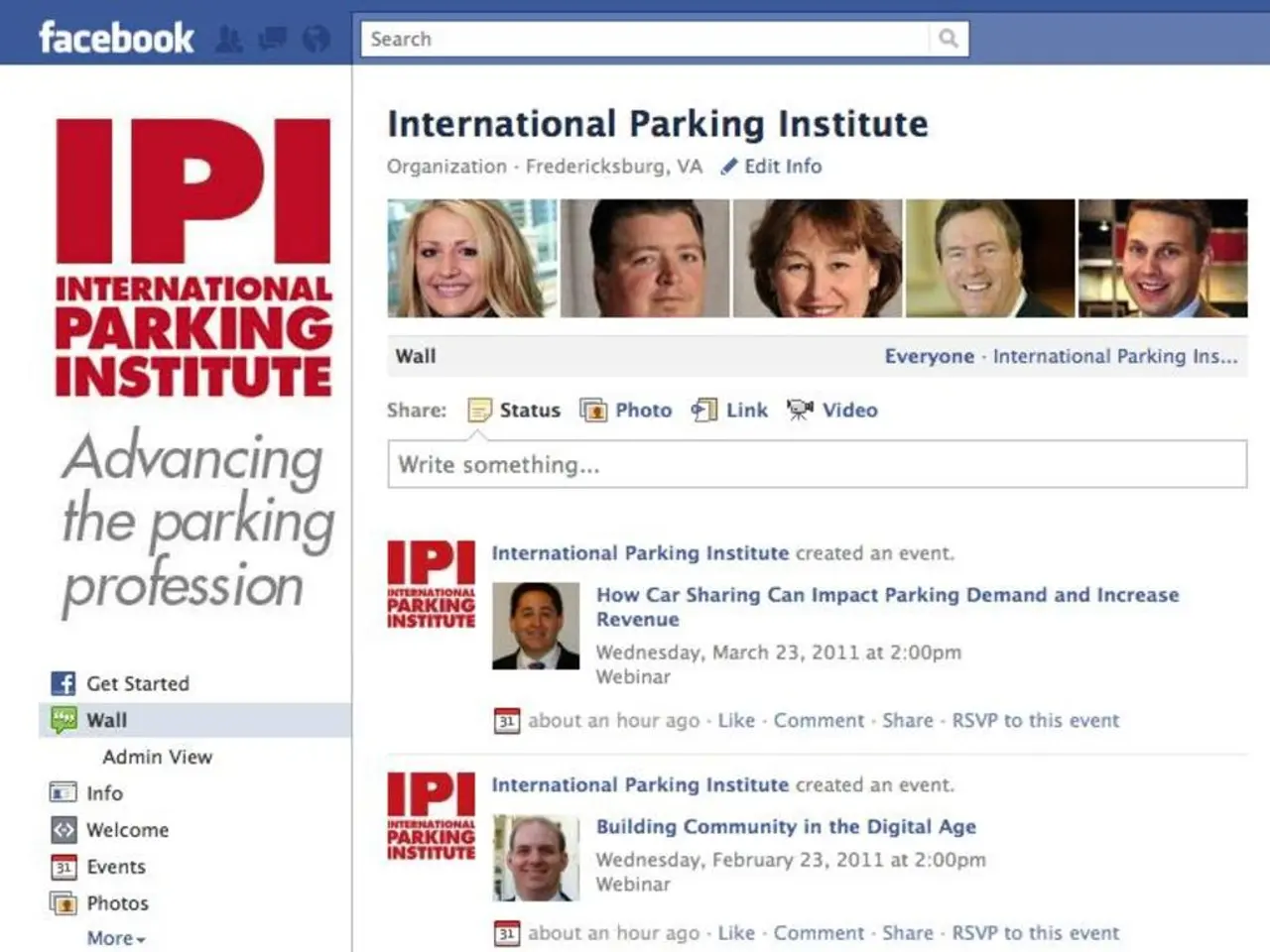Rising fees on trash disposal: Understanding the reasons and assessing the impact on businesses
Layman's Guide to Russia's Waste Reform: A Toiling Tale
It's been a rocky road since Russia kicked off its waste reform in 2019. Regional operators have been tasked with collecting solid communal waste, with both the public and businesses forking over agreed-upon tariffs based on their waste production. However, the jab in the wallet hasn't been met with a corresponding improvement in service quality, igniting a storm of discontent.
From its beginning, the reform has been a bumpy ride, with New Year's collapses at container platforms, bills for non-existent services, and mass non-payments - a scenario that hasn't improved much over the years. Even the Russian Environmental Operator (REO), established to oversee the reform, couldn't quick-fix the problem. In 2022, regional operators pleaded with the government for rule changes, but change was slow in coming.
Despite these issues, collection rates for waste removal in Russia increased by 18.4% from 2019 to 2024, reaching a whopping 96.1%, amounting to 284 billion rubles. But don't get your hopes up! Consumers are still fuming over regular tariff hikes, with experts predicting a 10-12% increase on July 1. Regional operators, on the other hand, struggle with inadequate cost indexing.
Waste management: The great divides
There's been a hoopla over finding a fair basis for calculating waste disposal fees. Some advocate for a headcount-based calculation, while others dig their heels in for square footage. A third camp pushes for charging based on actual waste volume.
In most Russian regions, residents are saddled with fees based on occupancy. However, in Moscow, St. Petersburg, and multi-apartment buildings in some regions, the calculation is based on square meters - a method that has resulted in a more moderate 18% increase over five years compared to the national average increase of 43%.
Experts argue that regional operators enjoy the convenience of calculating based on area, as a square meter stays the same over time, whereas the number of occupants may fluctuate and require verification. On the flip side, a per-person calculation may be less realistic, given the variations in cost across different regions - from a low of 3.4 rubles per square meter in Saratov to a staggering 189.4 rubles per person in Yamalo-Nenets.
Tourism and labor migration have muddied the waters, as waste accumulation indicators differ from region to region. For instance, in Penza, 11 kg of solid waste is generated per square meter per year, whereas in Nizhny Novgorod it's a lower 8.9 kg - despite similar consumption patterns. This issue is further complicated by the fact that regular waste measurements and composition analysis aren't currently conducted on a regular basis.
Behind the scenes: Overtime payments, wage disparities, and more
You wouldn't believe the goings-on behind the scenes in the waste management industry. Overtime payments can take up to one to two years to reach operators, creating significant cash flow gaps. Wage disparities also pose a problem, with truck drivers earning up to 280,000 rubles per month - a figure that leaves regional operators scrambling to compete.
There's also a shortage of repair technicians and sorters at modern waste processing facilities. With these professionals in high demand for seasonal work, even high-tech facilities in the Moscow suburbs have a hard time offering competitive conditions. For example, janitors in Moscow can earn up to 90,000 rubles, loaders get 50,000 rubles, while sorters earn between 40,000 and 50,000 rubles.
Sorting out the waste: Norms and tariffs
The question of who should shoulder the burden of waste disposal fees remains up for debate. Despite the law allowing for payment based on actual usage, it's not a straightforward process, especially in regions where separate waste collection is not implemented. For instance, if a building has a garbage chute, authorities may deem it as amidst separate collection, and residents would be paying for someone else's waste disposal.
Regional operators take issue with this, as their revenue is based on the established norm and changes in waste fee calculation methods could lead to reduced revenues. Moreover, residents who pay based on actual usage may start disposing of their waste in neighbors' containers, which could lead to further problems down the line.
So, who should pay for Russia's waste removal and how should the fees be calculated? That's a question that's still up for grabs. While some insist on paying per person, others believe that paying based on area is more realistic. In the end, it seems the answer lies somewhere in the middle. As Yuri Platov, general director of LLC "EcoDevelopment-MO," puts it, "A compromise could be a more flexible tariff regulation approach, with state subsidies for waste management infrastructure, including processing and disposal facilities." Until then, Russia's waste management problems persist.
Sources:- [1] https://tass.ru/obshchestvo/14051068- [2] https://content.ria.ru/russia/20230420/886391427.html- [3] https://www.wsj.com/articles/opinion-what-russia-gets-wrong-about-privatization-11680199767- [4] https://www.brookings.edu/research/municipal-reform-in-russia-stalled-out/
The debate continues on finding a fair basis for waste disposal fees in Russia, with suggestions ranging from a headcount-based calculation to charging based on actual waste volume. Regardless of the method chosen, the industry faces challenges, such as delayed overtime payments and wage disparities that hamper its growth.
In an effort to boost revenue and ensure fair tariffs, regional operators in the waste management industry advocate for a more flexible tariff regulation approach, with state subsidies for waste management infrastructure, including processing and disposal facilities. This compromise could help address ongoing issues in Russia's waste management system.






